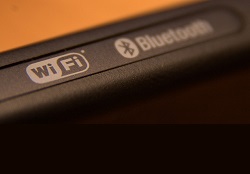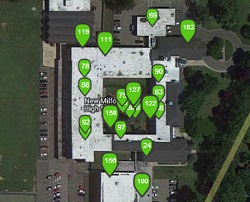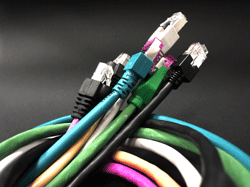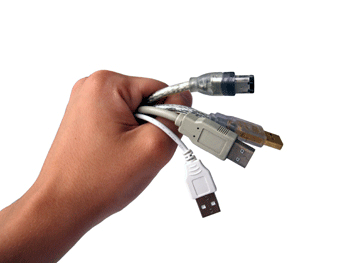BYOD schemes and 1:1 learning are getting steadily more popular, and one concern that comes with these ideas is wireless stability. Should a certain number of pupils in a class have trouble getting their tablet connected to the internet, how much would this change the lesson? Industry expert Steve Buet discusses the absolute importance of a great wireless network.

A reliable wireless network is becoming a must have for schools in the UK, but many are still woefully inadequate. As more teachers begin to embrace wireless devices such as laptops and tablets for use in the classroom, an increasing number of schools are finding that their poor wireless coverage is hindering the use of technology in lessons and that new equipment is going unused.
In the last few years the average number of wireless devices has increased from one or two, to three or five per user, and these figures are being reflected in the classroom. It has been predicted by the British Education Suppliers Association (BESA) that almost a quarter (22%) of ‘pupil facing computers’ will be tablets by the end of 2015. However, as the number of wireless devices increases, so too does the demand for the infrastructure to support it, which many schools are worryingly still without.
What is the most important change you can make to your BYOD programme? For Principal Eric Sheninger, it was doing away with writing out a user name and password for every student who wanted to gain access to the network. Together with good policies and infrastructure, he argues, trust and respect for students is vital for a successful BYOD strategy.

My first ever post on the topic just provided a small glimpse at the possibilities inherent when students are empowered to use the technology that they already posses to enhance their learning experience.
It was our desire and quest to create a school culture and learning environments that were more reminiscent of the real world that our learners would soon be a part of that drove change in this area.
When I reflect upon how the program has evolved into it's current state I cannot help but to think about the most important change that was made recently.

The purpose of this piece is to give you some background not only to my own personal experience, but to inform and instruct on the installation process behind Wi-Fi deployment in schools. I have attempted to keep the technical terminology to a minimum. Partly for the benefit of the reader, but mainly for my own benefit!
WLAN: a Wireless Local Area Network that uses high frequency radio signals to transmit and receive data over distances of a few hundred feet; commonly known as, or called Wi-Fi.
802.11N: the unnecessarily complicated way of explaining the type of connection speed. (The important bit being the ‘N’).

Due to my exceptional mathematical prowess during the very early years at school, I was occasionally given the exalted and coveted pleasure of being allowed to play a maths game on the schools one and only computer! It was a brown BBC, more affectionately known as the “BEEB”. It sat in the library, and received longing looks by every pupil that happened to walk past. Anyone who remembers these BEEBS will now be thinking about the advancements in ICT, and how far we have come technologically in the last 20 years.
Unless future proofing is considered when purchasing ICT, a school may as well cash out the annual ICT budget, and throw it into the boys’ urinal on the first corridor. The constantly changing nature of ICT is very nearly its downfall. This simple fact must be embraced before any purchase order is signed relating to ICT.

A community-driven platform for showcasing the latest innovations and voices in schools
Pioneer House
North Road
Ellesmere Port
CH65 1AD
United Kingdom